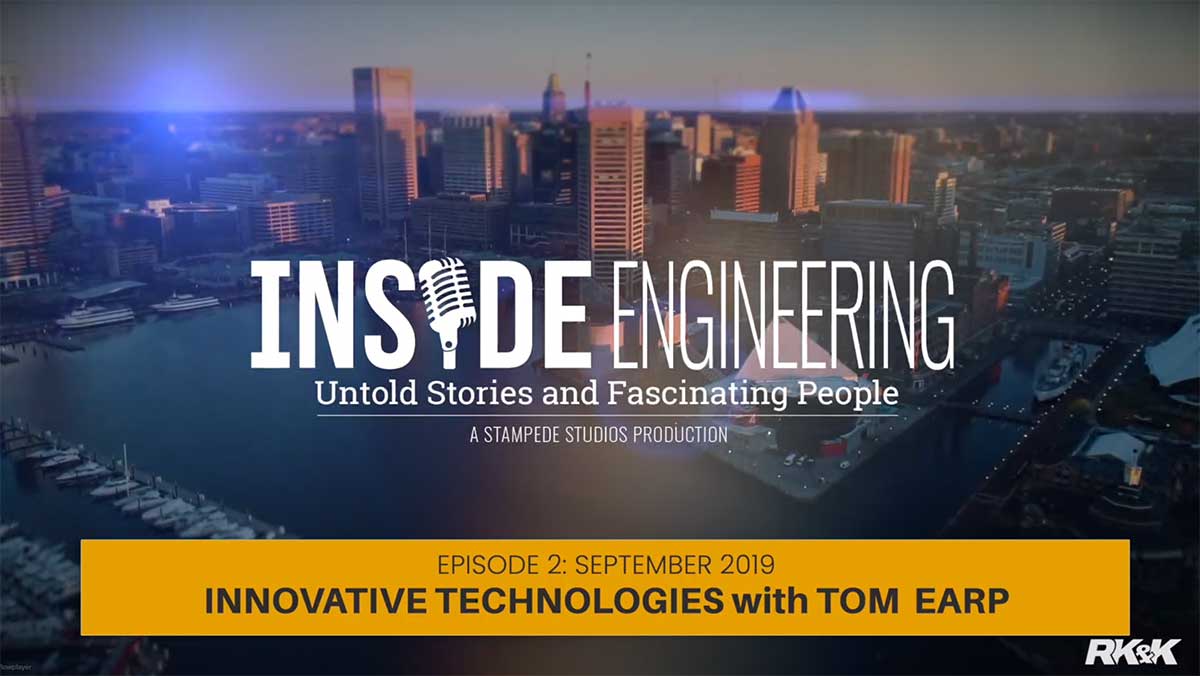Listen
Watch

Show Notes
Chapters
Measuring Success
Tom says that for technology advances, successes are going to “efficiency savings, time savings, letting our staff work on the things that they’re really good at instead of wasting time on things that they don’t need to be doing.“
Curious About
Tom is especially interested in computer vision and how that’s going to redefine how work in his field is done.
Pick of the week
Tom’s pick is the book ‘Extreme Ownership‘, by former Navy SEAL Jocko Willink. Tom’s found the principles very useful and has applied then in his role as a leader.
